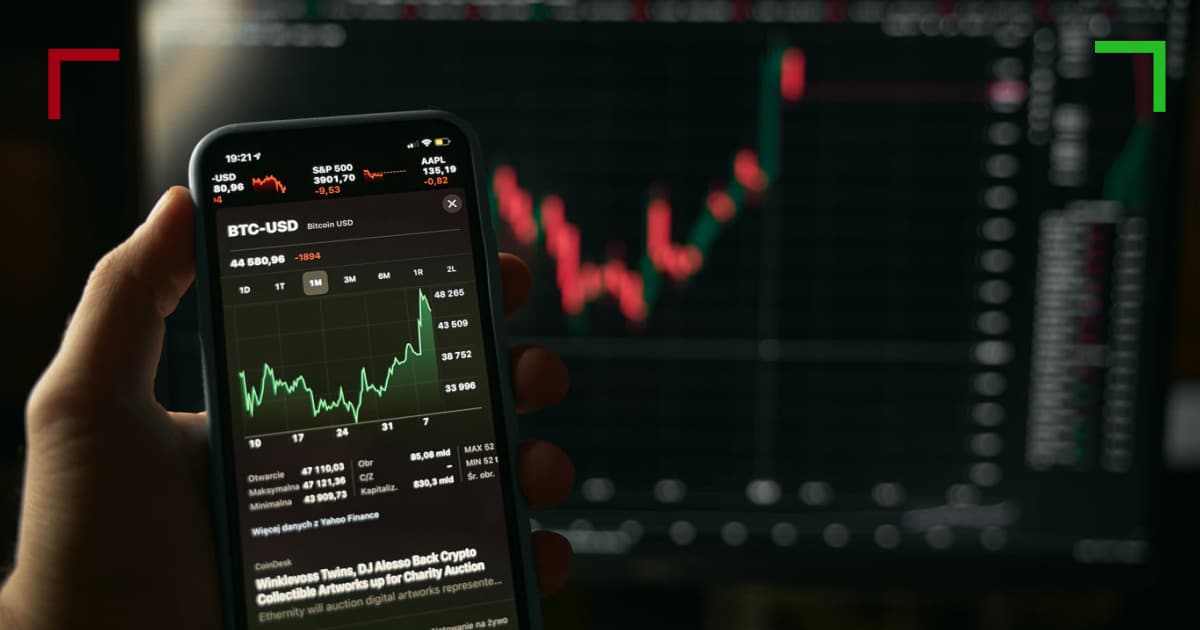Mastering Crypto Trading High-Frequency Strategies and Insights

Understanding Crypto Trading High-Frequency
High-frequency trading (HFT) has made its mark on the financial landscape, and cryptocurrency trading is no exception. Enthusiasts and traders alike have started to leverage the power of high-frequency trading strategies in the crypto market. In this article, we will explore the fundamentals of crypto trading high-frequency, its advantages, challenges, and essential strategies for those looking to dive into this fast-paced world. For more insights on crypto topics, check out Crypto Trading High-Frequency https://www.bitchute.com/hashtag/flote/.
What is High-Frequency Trading?
High-frequency trading is a form of algorithmic trading that involves executing a large number of orders at extremely high speeds. It exploits even the smallest market inefficiencies and relies on advanced computer algorithms to trade securities at a rapid pace. In the context of cryptocurrencies, HFT utilizes various strategies to capitalize on minute price fluctuations that occur in the very short term.
How High-Frequency Trading Works in Crypto
HFT in cryptocurrencies typically involves the use of sophisticated algorithms that can analyze market data and execute trades within microseconds. Traders or firms employing these strategies use high-speed internet connections, powerful servers, and co-location services to ensure their trades are executed faster than others in the market.
The process begins with the identification of profitable trading opportunities, which can include:
- Market making – Providing liquidity to the market by placing buy and sell orders close to the current market price.
- Arbitrage – Taking advantage of price discrepancies for the same asset on different exchanges.
- Trend following – Identifying and capitalizing on short-term price movements.
Advantages of Crypto Trading High-Frequency

The benefits of high-frequency trading in the cryptocurrency market are numerous. Some of the most significant advantages include:
- Speed: The rapid execution of trades allows traders to capitalize on market inefficiencies more effectively.
- Liquidity: HFT can enhance market liquidity by ensuring that there are enough buy and sell orders available at all times.
- Reduced Spreads: Increased competition amongst HFT traders can lead to tighter bid-ask spreads, benefiting all market participants.
- Minimized Emotional Trading: Automated trading strategies eliminate the emotional aspect of trading, allowing for disciplined decision-making.
Challenges of Crypto Trading High-Frequency
Despite its advantages, high-frequency trading in crypto does come with its fair share of challenges:
- Market Volatility: Cryptocurrencies are famously volatile, and the rapid price movements can lead to significant losses if not managed correctly.
- Competition: The HFT space is highly competitive, with institutional traders often having the upper hand due to their resources and technology.
- Regulatory Issues: The evolving regulatory landscape for cryptocurrencies can impact the viability and legality of certain HFT strategies.
Essential Strategies for Successful HFT in Crypto
To succeed in the high-frequency trading of cryptocurrencies, traders should consider the following strategies:
1. Algorithmic Trading Development
Developing custom trading algorithms to analyze historical data and identify trading signals is crucial. Proper backtesting of these algorithms is essential to ensure profitability.
2. High-Speed Infrastructure
The speed of your trading infrastructure can be a game changer. Utilize co-location services that place your servers close to exchange servers to minimize latency.

3. Risk Management
Employ robust risk management techniques to mitigate potential losses. This includes setting stop-loss triggers, diversification, and proper position sizing.
4. Continuous Monitoring and Evaluation
Regularly monitor your trading strategies and market conditions. Adjust your algorithms and approaches based on market behavior to stay competitive.
The Future of High-Frequency Trading in Crypto
As technology continues to evolve, the landscape of high-frequency trading in cryptocurrencies will also change. The integration of advanced technologies like artificial intelligence (AI) and machine learning will likely enhance algorithms and trading strategies. Furthermore, as regulatory frameworks around cryptocurrencies develop, they may introduce both challenges and opportunities for HFT traders.
Conclusion
High-frequency trading in the crypto space offers tantalizing possibilities for traders willing to embrace speed and technology. However, it also poses significant risks that must be managed with care. By understanding the core principles of HFT, taking advantage of its unique benefits, and preparing for its challenges, traders can strategically position themselves in this dynamic market. Whether you choose to participate in HFT or prefer to take a longer-term investing approach, knowledge and preparation remain key to navigating the exciting world of cryptocurrency trading.

